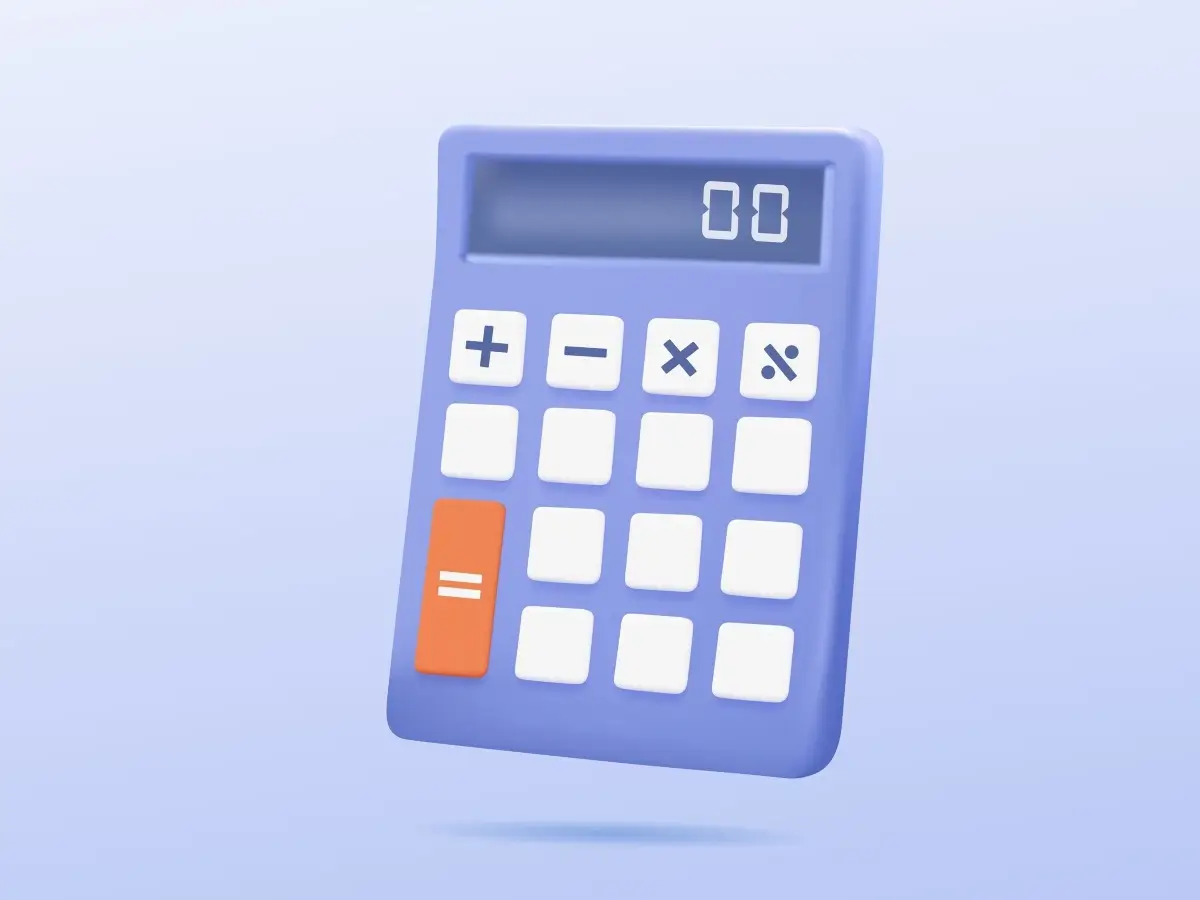Enhancing Remote Work Efficiency with Time Tracking Tools
The rise of remote work has jumped 159% since 2009, but staying productive away from a standard office can still be tricky.
![]()
Time-tracking tools are now indispensable for enhancing workplace efficiency, with findings indicating a 20% productivity enhancement for remote teams who use these tools. These tools give teams live insights into work-hour usage, which sustains their focus, coherence, and accountability.
Any remote team must have time-tracking tools; they help streamline task management and ensure all deadlines are completed.
Are you interested in increasing the effectiveness of your remote work? Look at the best time-tracking tools and realize the difference they can create now!
Why Time Tracking is Essential for Remote Teams
Time tracking critically impacts the success of remote teams. Without inadequate time management tools, preserving accountability and structure with a remote workforce is hard. Time tracking software provides a solution through a centralized system for tracking and reporting work hours, which helps teams maintain their progress and achieve project deadlines.
Tracking time for remote teams brings a key benefit of augmented accountability within its workforce. Conscious of their tracked work hours, people stay focused and productive throughout their formal work times. Accountability helps lessen the chances of distractions and procrastination that home working might cause.
Time tracking tools also help to confirm that projects fulfill their timeframe requirements. Through delivering real-time information on task and milestone durations, team leaders can detect potential bottlenecks or delays in their early stages and then take corrective action. A proactive method in project management supports remote teams in reaching their deadlines while providing top-quality work promptly.
Features to Look for in a Time Tracker
![]()
When evaluating time tracking tools for remote work, consider the following key features:
Simple and Intuitive Interface
The most efficient time tracker will offer an interface allowing straightforward time entry and monitoring. A clean and easy design reduces distractions and provides a smooth user experience, allowing remote workers to concentrate on their work without added distractions.
Real-Time Tracking and Reporting
Monitoring productivity and ensuring correct time logging requires essential real-time tracking capabilities. Check for tools with automatic time tracking, which eliminates manual entries and lowers the chance of errors. Extensive reporting capabilities should also contain information about time usage, project status, and billable hours.
Seamless Integration with Project Management Tools
The combination of time tracking and project management tools can simplify workflows and boost collaboration in remote teams. This connection lets team members track time within their project management platforms, facilitating a cohesive and efficient experience.
Platform-Specific Features
Different operating systems and platforms may require personalized features to optimize the time-tracking experience. For example, a committed Mac time tracker might deliver distinctions explicitly designed for macOS workflows, including merging with native apps and utilizing macOS-specific tools.
Customizable Tracking and Reporting
Flexible time tracking tools enable personalization to accommodate the particular needs of remote teams. Customizable tracking functionalities, such as creating custom projects, tasks, and categories, help teams synchronize time tracking with specific workflows. Also, configurable reporting tools produce valuable insights tailored to the team’s necessities.
How Time Tracking Boosts Productivity
Having time tracking allows remote employees to oversee their workload better. People can see their time allocations daily by logging the hours spent on individual tasks and projects. This recognition allows them to spot time-demanding operations, organize their contributions, and eliminate excessive distractions or unproductive inefficiencies.
Time tracking delivers an essential understanding of time usage habits. Remote employees can examine their tracked data to discern their most effective hours, the tasks that use the most time, and segments where they could be procrastinating or encountering bottlenecks. This information allows them to develop the skills to make their schedules, work styles, and habits more productive.
Time tracking that works well aids in improved project estimation and organization. Analyzing historical data on tasks or projects helps remote workers estimate the time necessary for future jobs more precisely. This proactive way of thinking prevents overcommitment, severely damaging deadlines, and abrupt rushes, resulting in better time management and enhanced project delivery.
Time tracking also encourages a more balanced work life, essential for remote workers who can have trouble telling apart their work and personal time.
Choosing the Right Time Tracking Tool for Your Needs
![]()
Choosing the top time tracking tool for your remote team involves carefully assessing various factors to achieve smooth integration with your workflow. Calculate the size of your team, the complexity of your project, and your particular needs to identify the features and capabilities you need. Measure pricing models and scalability possibilities to support the growth or changes that may occur in the size of your workforce.
User-friendliness and the ease with which a person can adopt something are key points to consider. An instrument with an easy-to-use interface and a short learning time will motivate frequent use and boost the opportunity for successful deployment. Look for tools that support cross-platform compatibility, allowing team members to track time from several devices and systems.
Furthermore, be aware of the tool’s incorporation features with your current project management tools, communication channels, and other productivity software. An unbroken integration can refine processes, lessen redundancies, and create a central point for handling remote work.
Conclusion
Tools for time tracking will probably improve to be even more fluid and intuitive, able to blend into our everyday activities and workflows. As the separation of work time and personal time grows less clear, time tracking could be crucial for our efforts to strike a better balance and prioritize our personal care.
If it hasn’t happened, now is the time to evaluate time tracking tools and use their power to boost your remote work efficiency. Taking charge of your time allows you to achieve enhanced productivity, better focus, and better integration of work and life as the remote work environment changes.



